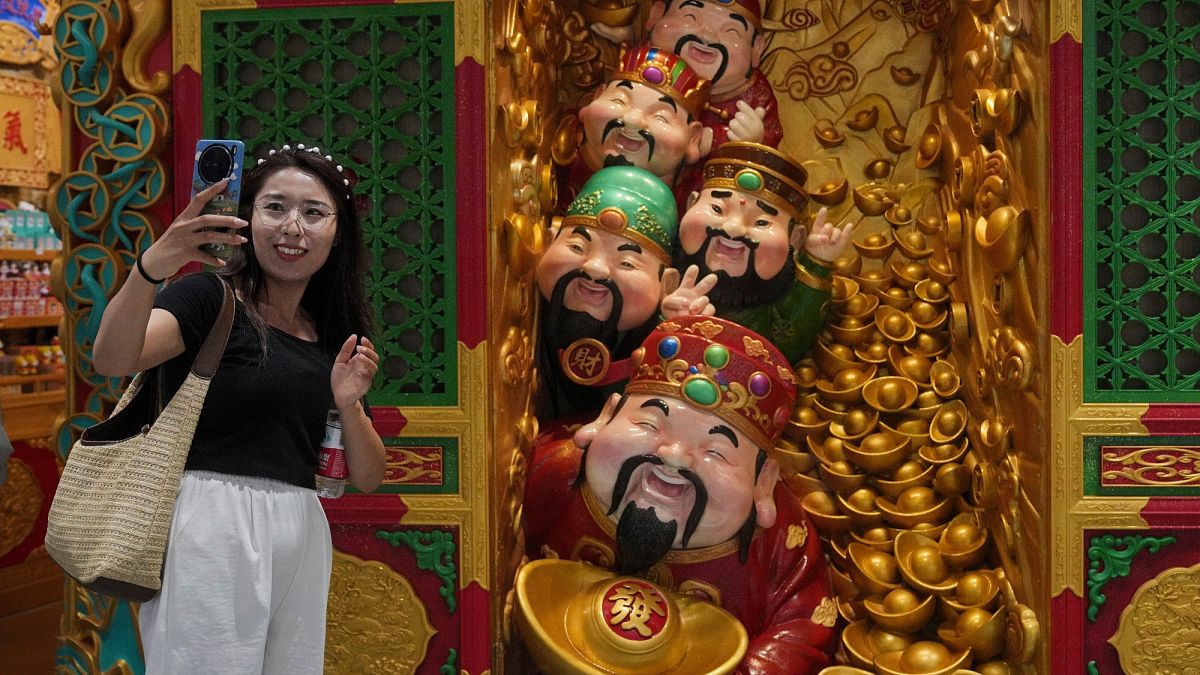By AP with Eleanor Butler
Published on •Updated
China’s economy slowed in the last quarter as President Donald Trump’s trade war escalated, but it still expanded at a robust 5.2% pace, the government said Tuesday.
That compares with 5.4% annual growth in January to March. The government said Tuesday that in quarterly terms, the world’s second largest economy expanded by 1.1%.
In the first half of the year, the Chinese economy grew at a 5.3% annual pace, the official data shows. However, some analysts said actual growth may have been significantly slower.
Zichun Huang of Capital Economics noted that investments in fixed assets such as factory equipment rose only 2.8% in the first half of the year, implying 2.9% annual growth in May and a mere 0.5% increase in June.
Capital Economics’ activity proxy shows growth in China’s gross domestic product, or GDP, at less than 4% year-on-year in April and May, she said, forecasting annual growth of 3.5% for full-year 2025.
“The economic outlook for the rest of the year remains challenging,” Huang wrote in a report. She added though that “political pressure to meet annual growth targets, even if only on paper, means that published GDP growth will be much higher.”
A key factor was strong exports. On Monday, China reported that its exports accelerated in June, rising 5.8% from a year earlier, up from a 4.8% increase in May.
A reprieve on painfully high tariffs on Chinese exports to the United States prompted a rush of orders by companies and consumers as the two sides resumed trade talks.
Chinese companies also have expanded exports to and offshore manufacturing in other countries, helping to offset the impact of higher tariffs imposed by the Trump administration.
“Generally speaking, with the more proactive and effective macro policies taking effect … the national economy maintained steady growth with good momentum, showcasing strong resilience and vitality,” the report by the National Bureau of Statistics said.
However, a 0.1% decline in consumer prices in the first half of 2025 showed continuing weakness in domestic demand, a long-term challenge for the ruling communist party as the Chinese population declines and ages. Those troubles deepened during and after the COVID-19 pandemic and are also linked to a prolonged real estate crisis.
Chinese leaders have set a growth target of 5% for this year, in line with last year’s growth.
A resumption of US tariffs of up to 245% could derail the recovery in exports, a major driver of growth and employment. Such duties could become a reality if Washington and Beijing fail to meet an 12 August deadline for a new trade deal.

